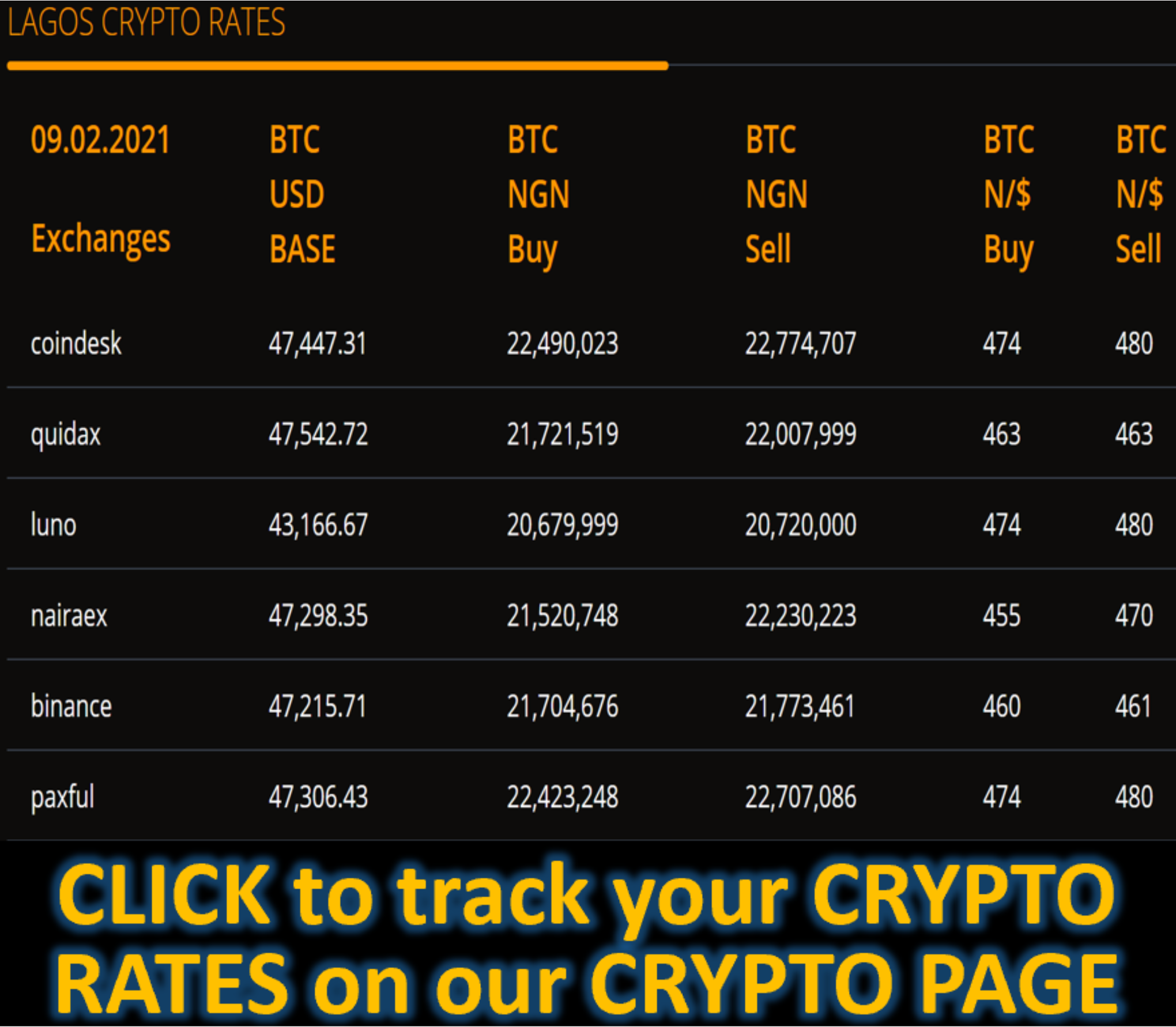Market News
Foreign trade payment rises to $267.96m – CBN - PUNCH
Nigeria’s fulfilment of foreign trade transactions through Letters of Credit rose by 3.68 per cent year-on-year to $267.96m in the first four months of 2025, up from $258.46m in the corresponding period of 2024.
This was disclosed by the Central Bank of Nigeria in its International Payments Data published on its website on Sunday.
A Letter of Credit is a written commitment issued by a bank on behalf of an importer, guaranteeing payment to an exporter once shipment and proper documentation are confirmed. It is commonly used in the importation of visible goods.
It is a written undertaken given by a bank (issuing bank) at the request of its customer in which the bank promises in writing to pay the exporter a certain sum within a certain time frame in return for goods, as long as the customer provides the bank with the proper paperwork.
This significant decrease highlights the challenges the country faces in its international trade and financial transactions and could have several implications for Nigeria’s economy.
Letters of credit are a crucial component of international trade, assuring exporters that they will receive payment. An increase in such payments may suggest a rebound in import activity, potentially driven by easing foreign exchange constraints or improving economic conditions.
The CBN data showed fluctuations in monthly LC transactions, reflecting mixed activity in Nigeria’s trade environment.
In January 2025, LC transactions stood at $64.55m, compared to $58.33m in January 2024. February recorded the highest monthly volume at $95.59m, though this represented a 6.84 per cent drop from $102.6m in February 2024.
In March, LC transactions declined to $43.53m, down from $54.03m in the same month of 2024. April showed a recovery, with LCs rising to $64.29m, marking a 19 per cent increase from March 2025 but a 1.6 per cent decline from April 2024.
Though the four-month total marks a slight annual increase, the month-on-month trend reveals volatility. February saw a 48 per cent increase from January, followed by a 54.4 per cent decline in March. The figure rose again in April by 47.7 per cent.
Analysts say the improvement in LC usage reflects growing confidence in Nigeria’s external sector, supported by steady increases in net foreign reserves this year.
Until recently, many Nigerian importers struggled to open LCs due to limited foreign exchange and weak reserves, often resorting to prepayment for imports. The recent rise suggests a gradual easing of these constraints.
However, foreign currency access remains limited for many businesses, and ongoing external debt servicing obligations continue to strain Nigeria’s reserves.
The CBN’s data also showed significant foreign exchange outflows for debt repayment in 2025, spending $2.01 billion on external debt servicing between January and April 2025, marking a 50 per cent jump compared to the same period. Economic experts warn that such obligations could impact the sustainability of Nigeria’s trade finance recovery.
The CBN international payments data on its website shows that debt service costs now account for more than three-quarters of the country’s total foreign outflows.
This development highlights the mounting pressure Nigeria faces in managing its external obligations amid persistent foreign exchange challenges and a fragile revenue base.
However, Nigeria’s foreign exchange reserves have remained strong, standing at $38.56 billion as of May 22, 2025.









